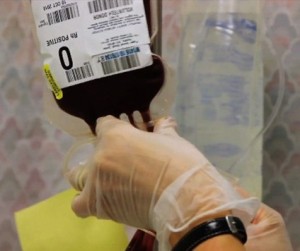Nurse sensitive indicators are necessary measurement tools that help nursing teams monitor the elements of patient care that are directly affected by nursing care. Think of nursing sensitive indicators as your dashboard: a collection of rates and information that are necessary to monitor to ensure that you are moving in the right direction.
In a car our dashboard has only the necessary points worth monitoring: your speed, miles per gallon, gas level, etc. A nursing leader’s dashboard could contain various points worth monitoring: % of outpatient intravenous therapy unit-related centrally-inserted central line-associated blood stream infections or the patient satisfaction levels of a specific unit. Successful indicators measure either the Structural, Procedural, or Outcome related aspects of nursing care. What do those fancy terms mean?
Structure:
- These indicators measure the supply of nursing staff, the skill level of the nursing staff, and the education and certification levels of the nursing staff. (A potential dashboard nursing sensitive indicator could be the number of RN hours per patient day).
Process:
- This nurse sensitive indicator category measures various methods of patient assessment and nursing interventions. (Potential example could be the number of smoking cessation interventions).
Outcome:
- These nursing sensitive indicators measure specific patient outcomes that are nursing sensitive because they rely on the quantity or quality of nursing care. (Dashboard example could be a specific unit/departments patient satisfaction scores).
There is a famous quote from the business management world: “If you can’t measure something, then you can’t improve it”. This concept of measuring in order to improve is crucial to the success of healthcare organizations. As busy nurses, we often get caught up in the floor level action and forget about our larger quality improvement picture. Nursing sensitive indicators keep us constantly aware of the big picture efforts moving around us. Quality indicators are used in every large hospital in the United States and Western Europe. The Joint Commission considers them to be absolutely crucial to the progression of nursing and health care quality in general.
Continuing education directly addressing nurse sensitive indicators can be difficult to find. We have used CNE Explorer in the past for sensitive indicator related online continuing education. They tend to build courses for nursing leaders and are good at breaking tricky concepts down. Regardless of where you learn about nursing indicators, they will be crucial parts of our changing healthcare system. Successful nursing leaders will be the ones who understand the value of measurements as a driver for positive continuous improvement.


